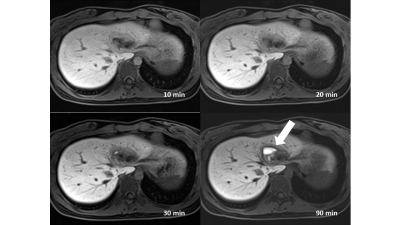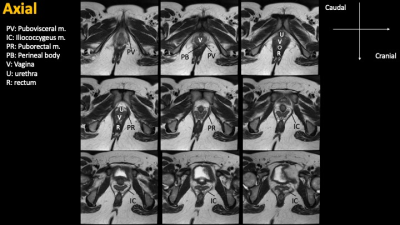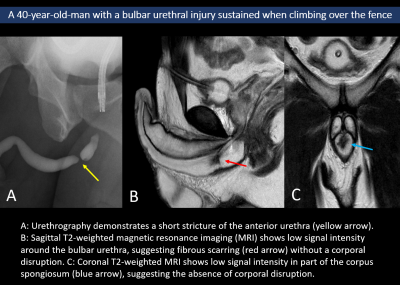Weekend Course
Body Trauma: Scalpels, Seatbelts & Childbirth
ISMRM & ISMRT Annual Meeting & Exhibition • 04-09 May 2024 • Singapore

| 10:00 |
 |
Hepatobiliary Trauma: Bilious Attack
Yon-Cheong Wong, Li-Jen Wang, Cheng-Hsien Wu
Keywords: Body: Liver, Image acquisition: Visualization, Education Committee: Clinical MRI Contrast-enhanced magnetic resonance cholangiography (CEMRC) utilizing gadoxetic acid disodium, a gadolinium-based MRI contrast agent, where approximately 50% is excreted by hepatocytes, proves advantageous in evaluating the biliary tree. Research has indicated that CEMRC not only detects post-traumatic bile leaks but also aids in characterizing their morphology. However, the duration for image acquisition can vary significantly, ranging from 20 to 180 minutes. In this presentation, the speaker will discuss the experience at Chang Gung Memorial Hospital regarding optimal CEMRC acquisition times, the feasibility of bile leak detection, and the characterization and significance of various types of bile leaks. |
| 10:25 |
Breast Trauma: The Problem with Silicone
Chidi Nwachukwu, Katrina Glazebrook
Keywords: Body: Breast Motivation: This presentation seeks to contribute to the understanding of breast implant-related trauma. Goal(s): After reviewing this lecture, learners should be able to explain the different appearances of breast implant rupture and understand the differences in appearance across multiple modalities. Approach: The content of this didactic is mainly presented in the form of cases detailing different aspects of implant-related trauma. Results: Multiple cases with predominantly multimodality findings reviewing the sequelae of implant-related trauma are presented. Impact: This didactic overall attempts to contribute to the body of available content detailing imaging findings characteristic of implant rupture. |
|
| 10:50 |
 |
Pelvic Floor Trauma: Hazards of Parturition
Gigin Lin, Bo-Syuan Huang
Keywords: Body: Reproductive, Body: Body This lecture explores the critical role of MRI in assessing postpartum pelvic floor trauma, crucial for improving women's postpartum quality of life. It discusses the challenges and advantages of using MRI in this context, highlighting the importance of accurate diagnosis and tailored treatment strategies. Through comprehensive discussion of pelvic floor anatomy, trauma types, and MRI sequences, supplemented by clinical case studies, it showcases MRI's superior diagnostic capabilities. The correlation between MRI findings and clinical symptoms underscores its value in guiding interventions. This talk encourages further research into optimizing MRI protocols, with potential benefits for postpartum care and women's health outcomes. |
| 11:15 |
 |
Kidney & Bladder Trauma: Urine Trouble
Yuki Arita
Keywords: Body: Urogenital, Body: Kidney, Body: Pelvis Motivation: MRI's role in evaluating kidney and bladder trauma is growing due to its superior imaging capabilities.Goal(s): To assess the current and future potential of MRI in diagnosing and managing urinary trauma. Approach: Reviewing MRI sequences for trauma assessment, addressing limitations, and discussing technological advancements. Results: MRI provides detailed imaging but is limited in acute settings. Technological improvements are addressing these challenges. Impact: Enhanced MRI technology and artificial intelligence integration are expected to improve patient outcomes and healthcare efficiency in urinary trauma management. |
The International Society for Magnetic Resonance in Medicine is accredited by the Accreditation Council for Continuing Medical Education to provide continuing medical education for physicians.